TMB Day 1 Champex, CH to Ferret, CH
Daily Log
6.30 Even though the beds were nice I didn't sleep very well due to a sore shoulder.
7.10 All packed up and ready for breakfast. Coffee, müsli, bread, a hard egg, cheese and meat. This is a pretty standard hotel breakfast all over Europe. In some of the bigger cities you can get some warm eggs or ham, especially if they have a lot of British tourists.
7.45 We left the hotel and walked back to the train station. The pack felt good and my shoulder wasn't an issue. Let's see if tonight I can sleep better.
8.16 Two small trains and a bus to take us from Martigny to Champex for the start of the hike.
9.20 We arrived in Champex (schampay) and stopped for a coffee before getting started. This is customary in Switzerland to get to the trailhead and if possible have a coffee. Mimi's Lounge is right across the lake in Champex and it made for a great place to take a look at the map and book. We started hiking at 9.50.
11.23 The first leg of the hike from Champex to Issert was quite a nice way to start the hike. It's quite an easy walk in the tree line. We started right off with some interesting little wooden creatures carved into old tree stumps.
You could walk the whole Mont Blanc tour without ever really needing a map even though you should have one 'just in case'. The whole way is well signed with metal sign posts as well as painted yellow diamonds with black outline. We had our trusty Cicerone Guide 'Tour of Mont Blanc: Complete Two-way Trekking Guide' and a 1:60,000 map published by Editions Didier Richard with IGN cartography. We choose to go the clock-wise route which is the less popular direction but we wanted to start and finish in Switzerland.
We stopped at a small village called Issert for an early lunch. We had a wonderful little outside table and enjoyed a peasant's platter and green salad at the Restaurant du Châelet.
The remainder of the hike went well with no special views until we came to La Fouly. Here we could finally glimpse the first glacier of the trip. Glacier de l'A Neuve opens up onto La Fouly and is our first taste of the fantastic scenes we will see in the coming days.
18.47 A final short hike from La Fouly to Ferret where we find our first hotel/hut, Hôtel du Col-de-Fenêtre. When booking a hotel or hut on a trail or in the mountains its common to see the option to include half board, this is breakfast and dinner. This option is usually a good deal and you are guaranteed food. If you choose not to include half board they will still serve you dinner if there is a restaurant at the hotel. For huts and refuges, there is a kitchen but it's not a restaurant so if you don't want to eat their food you need to bring and cook your own, with a camp stove, outside. Part of the decision we made for this trip was to have a warm meal, shower and a bed every night. We didn't want to worry about food or to carry it.
At this hotel we had vegetable soup (super hot), polenta acting like mashed potatoes as it was in a deep dish covered with roast beef and gravy. Finally the dinner ended with panna cotta with a strawberry drizzle.
How do you train for hiking the Mont Blanc?
I've been asked this question several times and when initially looking into this trip I also wondered myself how I should train for it. So I did what you do and Googled it. I was expecting to find something like a 'couch to 5k' or 'training for a marathon' but I couldn't find anything out there that specifically tells you how to train for long distance hiking.
I only started hiking in mountains regularly since 2010 when I moved to Switzerland. I learned quickly how much gradient my feet could handle and what hiking over a certain elevation can do to my stamina. But my hiking in the alps usually consisted of 2-3 days not 10. For me the question was more, "can my body handle hiking that distance over those elevations for 10 days"?
We started the hiking season in May this year with a four day hike in Piedmont, Italy with the Swiss Alpine Club. This was an eye opener for me, I was the youngest in the group by a decade (not counting Jörn) and the 70 year old guy schooled us all in his pace and persistence. Since it was the first hike of the season and the allergy months (Feb-May) were not kind to me, I was always the last one up the steep inclines. When I hike a steep incline and my heart beats over 140BPM my face gets red and I sweat, a lot! (Funny note, when I typed 'sweat' it tried to autocorrect to 'swear' sometimes I do that too if the incline is a bear.) I know my body and I know when it switches from aerobic work to anaerobic work - that was a good lesson from running/walking with a heart rate monitor! I also know that no matter what I will make it up whatever hill or mountain is in front of me.
I would like to say that "anyone can hike the TMB" but I can't, some people just aren't physically able due to bad knees, feet or other ailments which make walking a chore not a delight. However,
I can say that any person without walking ailments certainly can hike the TMB, it just might take you a bit longer if you aren't in good shape.
I'll tell you more about my training regimen in the next post!





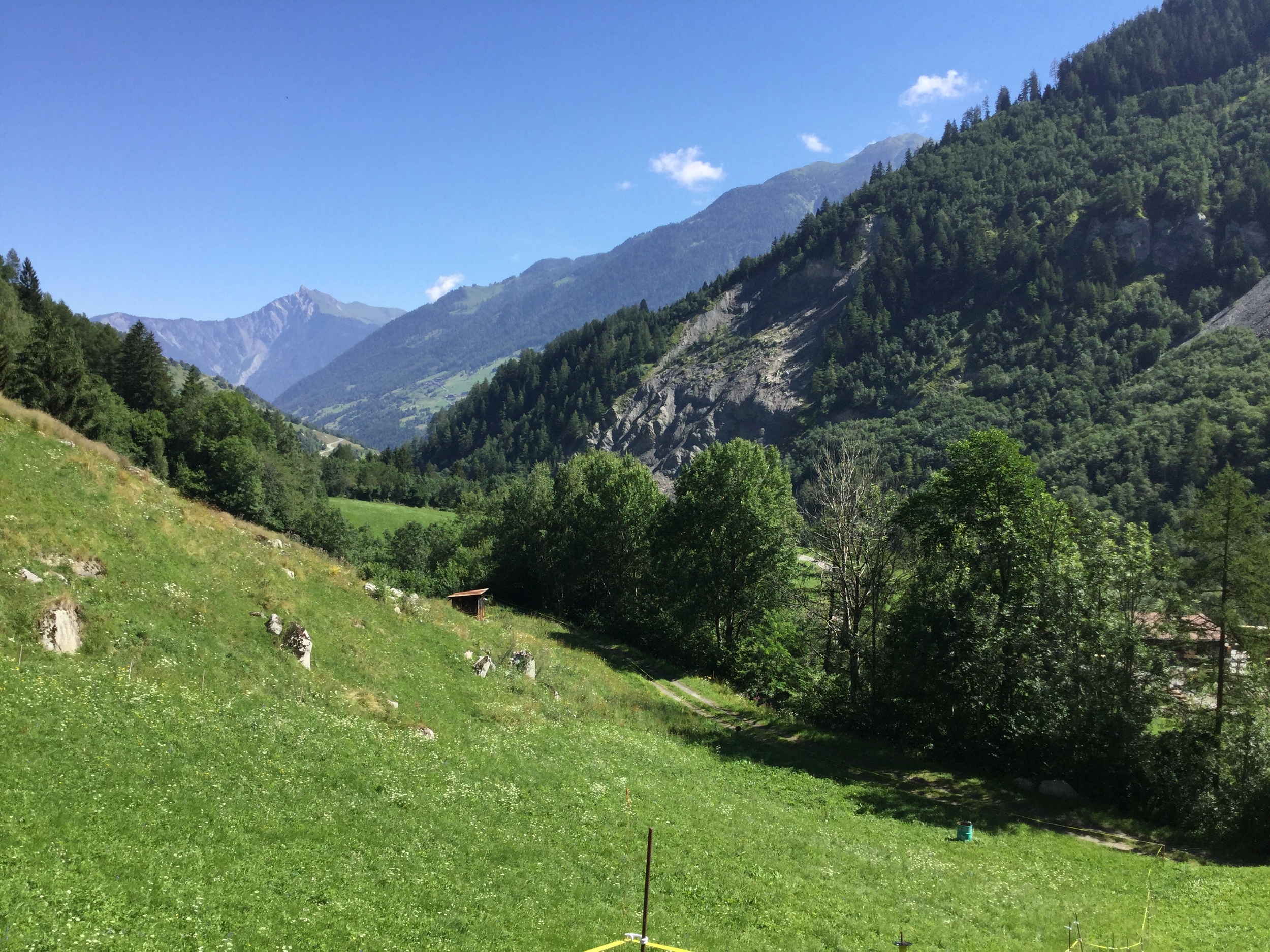
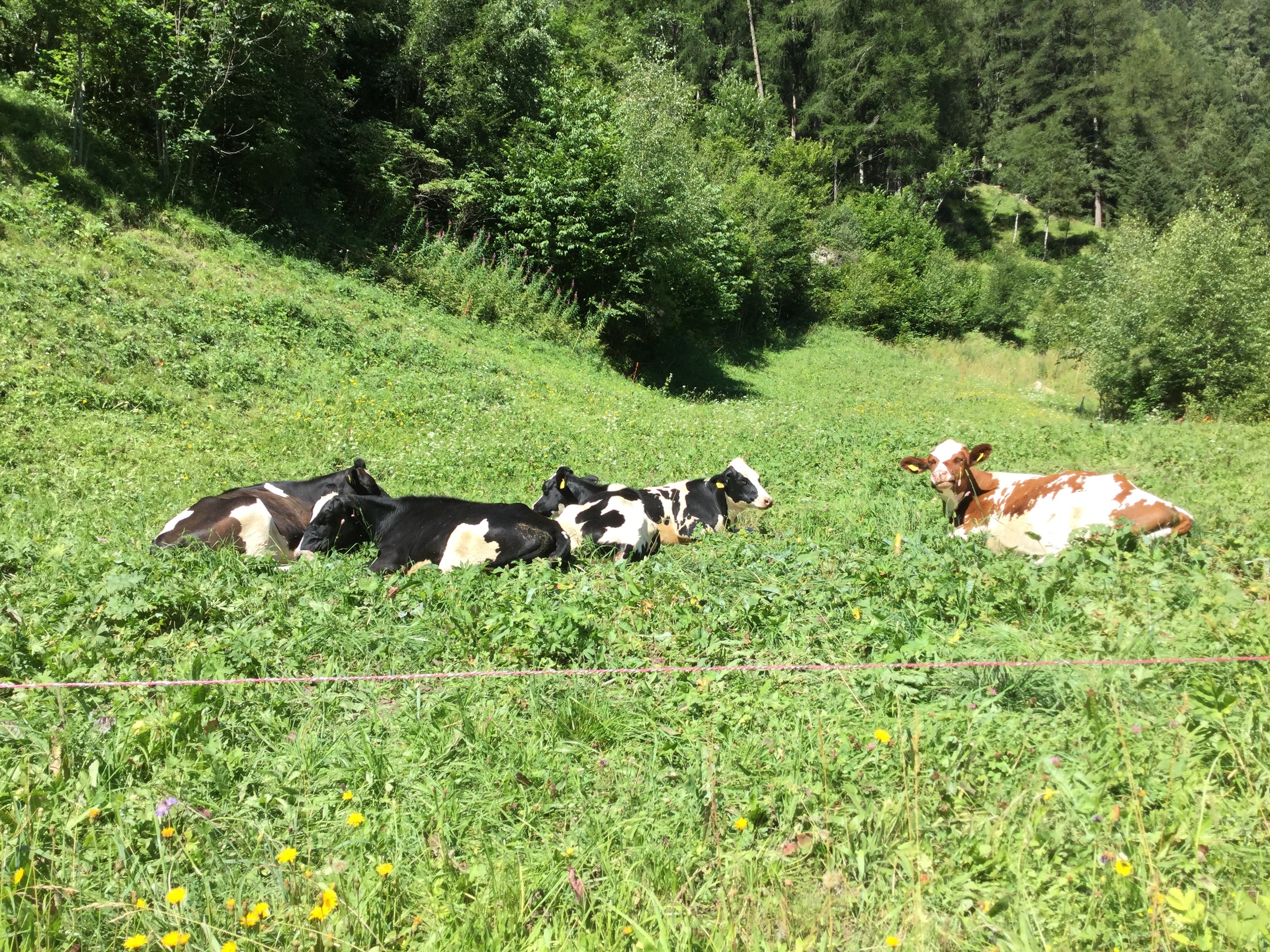
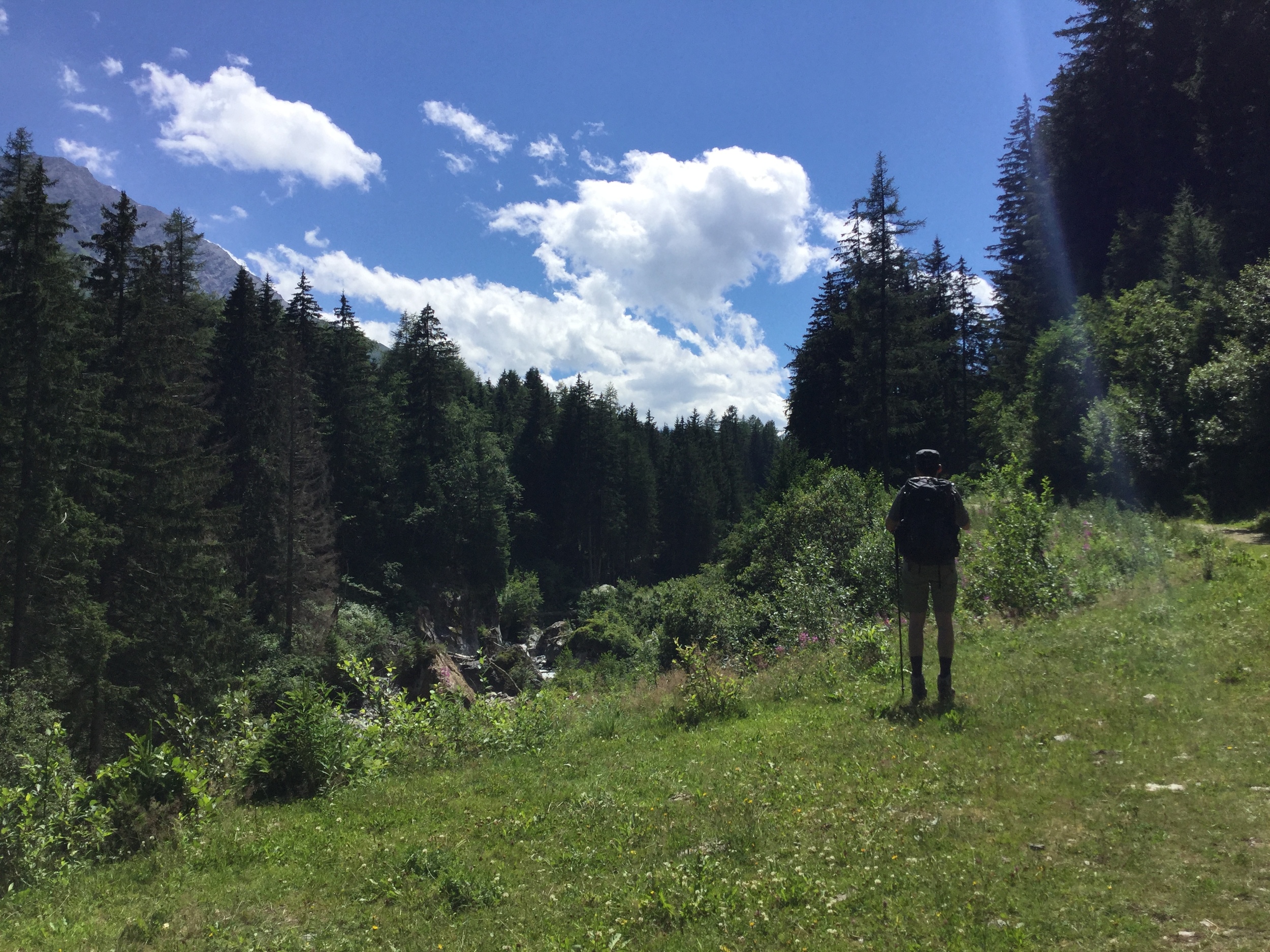


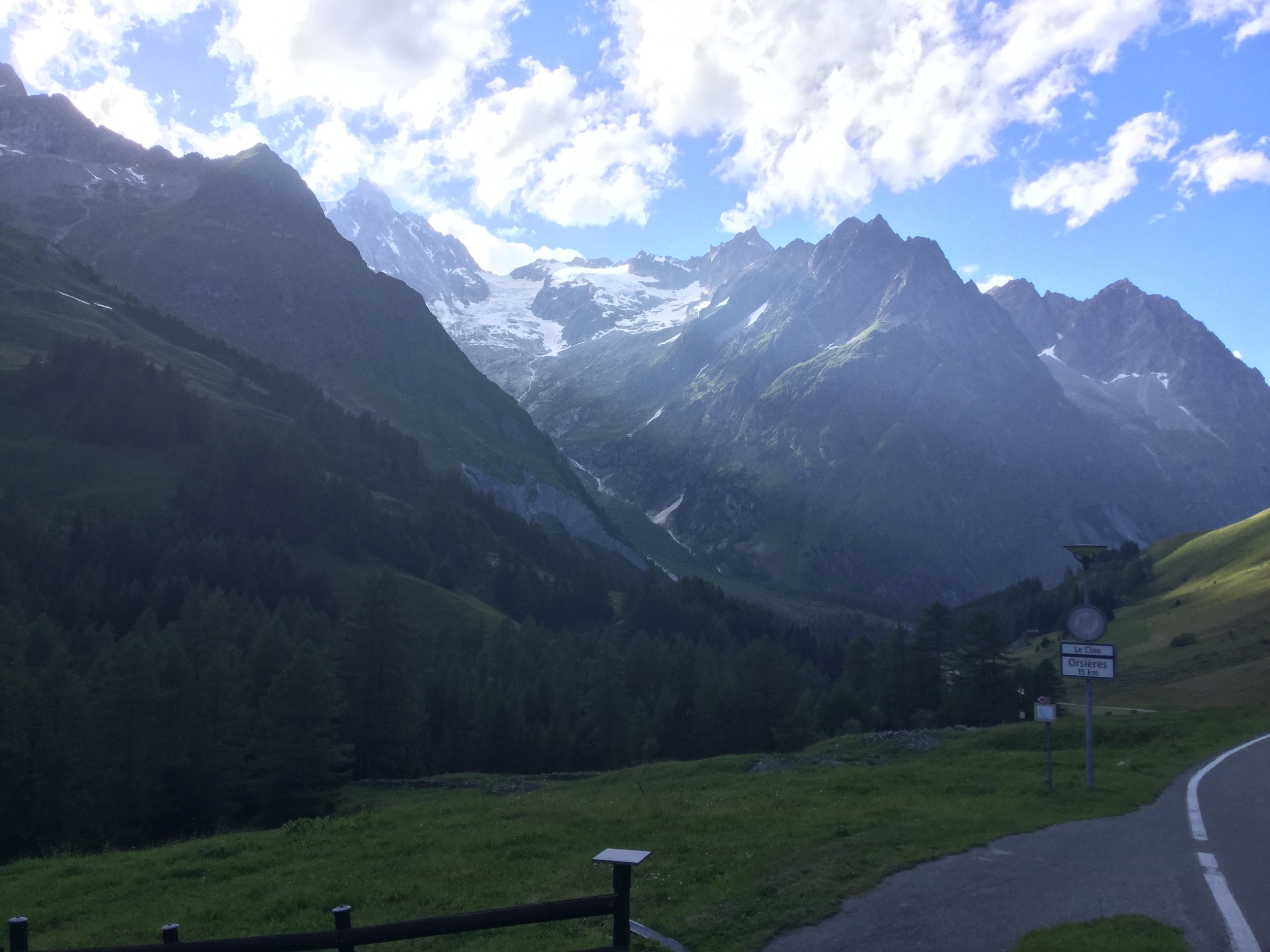


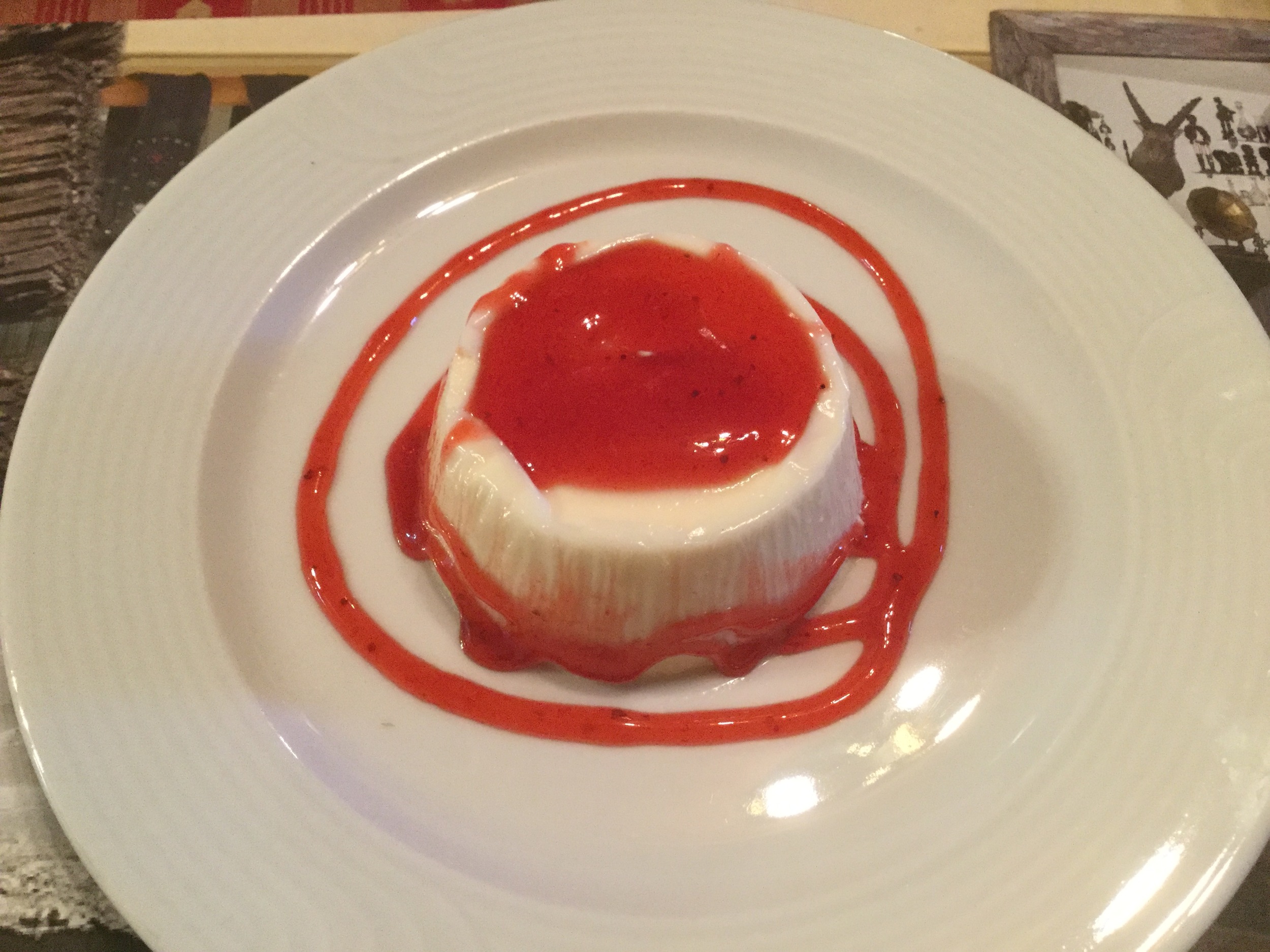

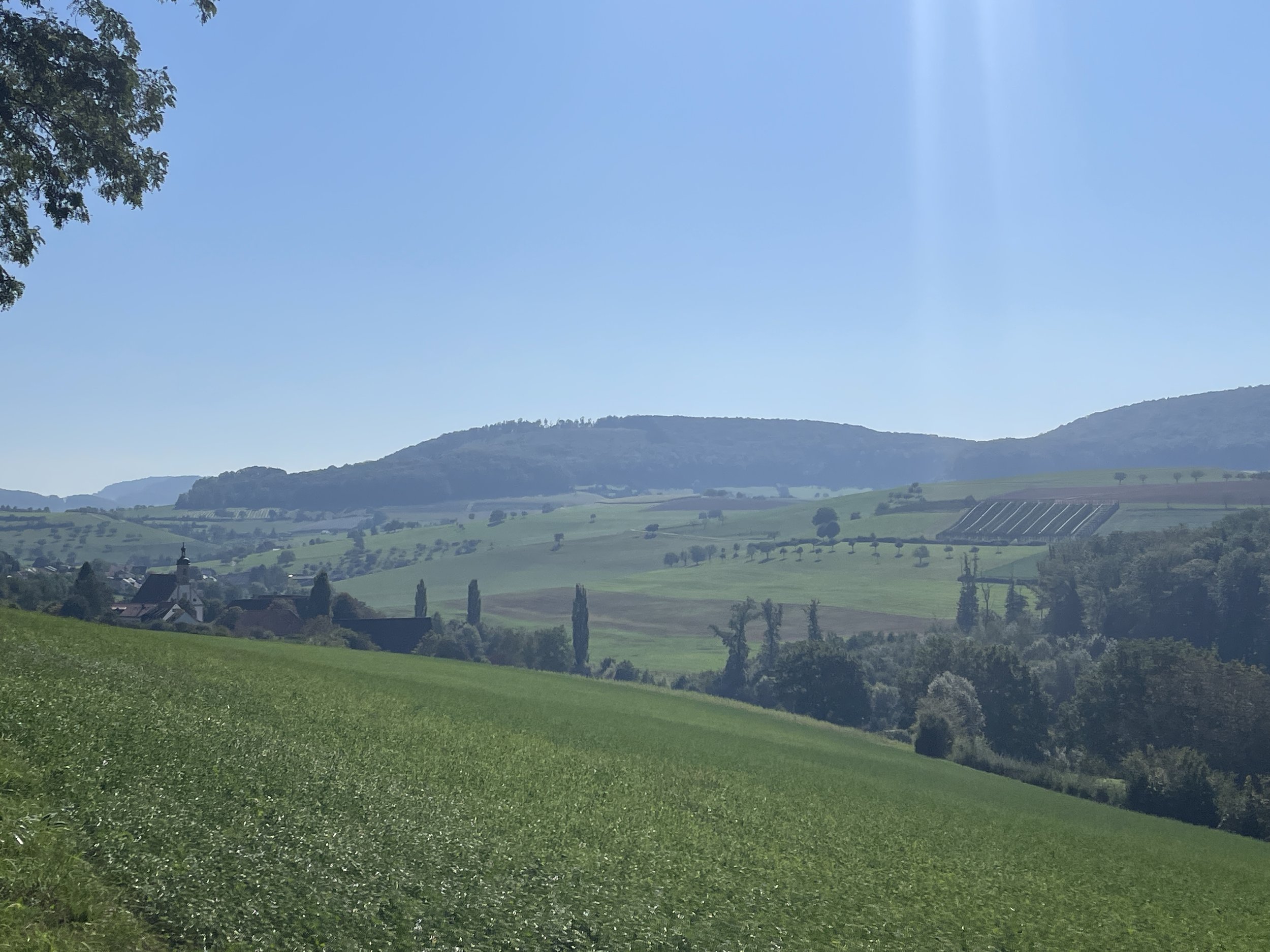





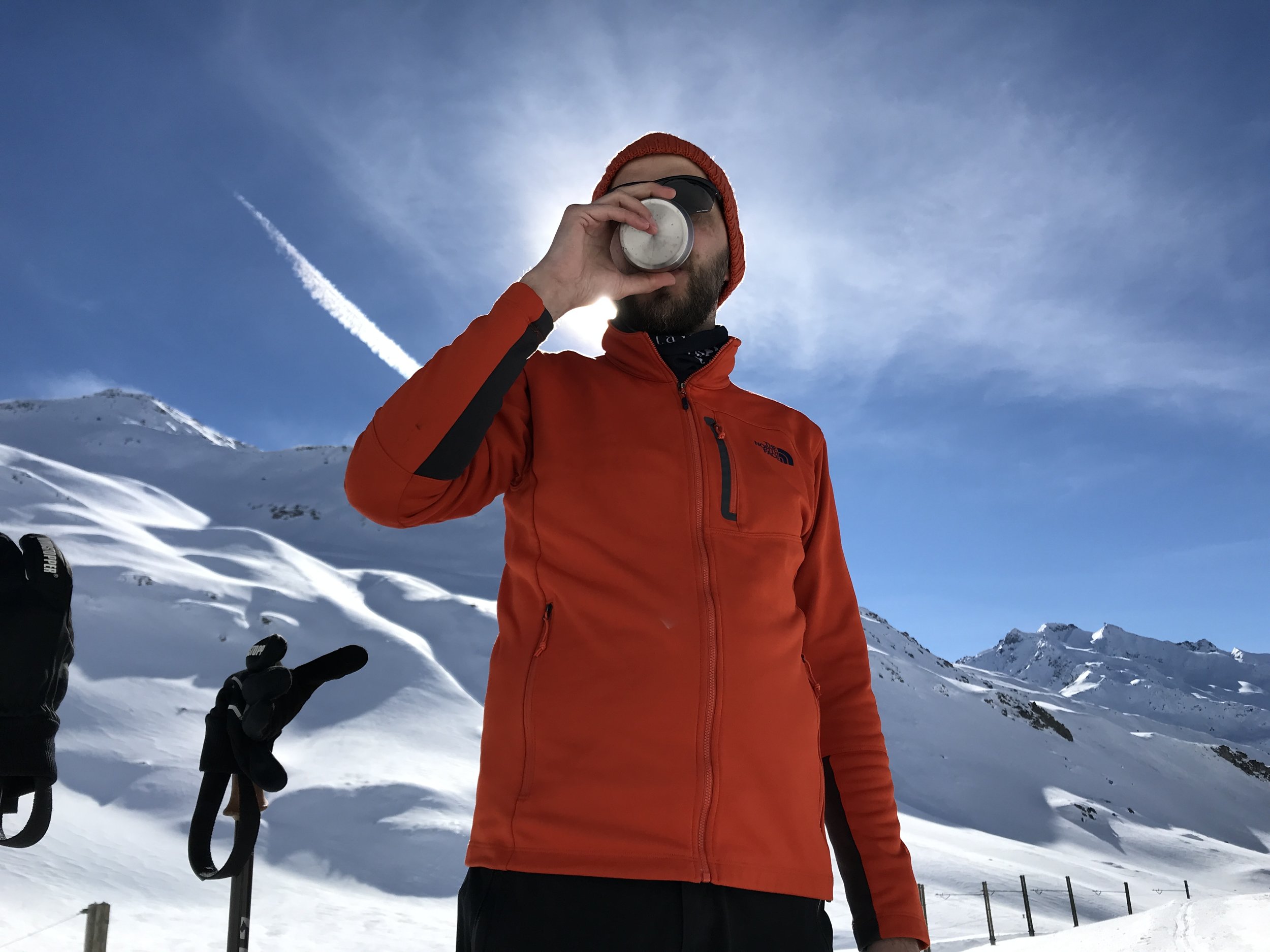
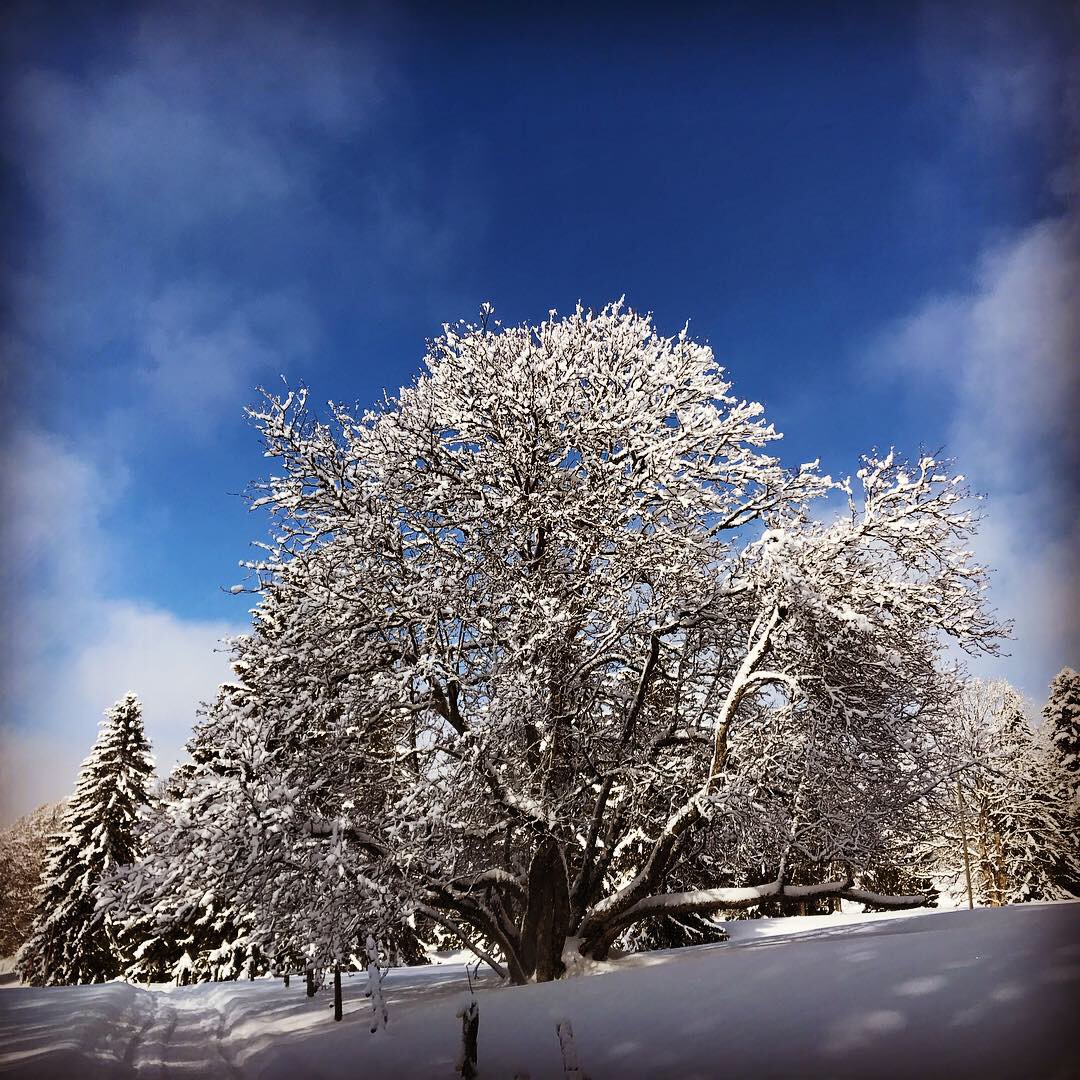
Take a leisurely stroll through Bruderholz, Basel, where a short, easy walk offers a delightful escape from the city. Explore the Bruderholz Water Tower, uncover hidden 'cut-your-own-flower' fields, and meander through peaceful farmland. Discover a perfect Sunday afternoon getaway just a tram ride away from Basel!